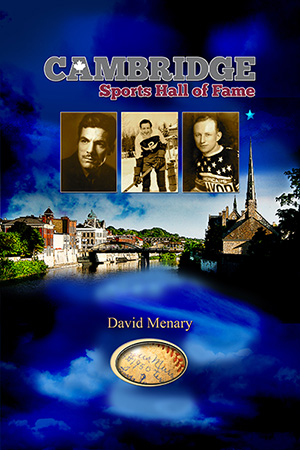
By: David Menary
Revised 2nd Edition: 2019
At 440-plus pages, this coffee-table Cambridge Sports Hall of Fame book is chock-full of photographs and chronicles the world-class sports heritage of Cambridge, Ontario, Canada. As of 2019, the Hall has recognized more than 180 inductees, spanning the entire history of this southern Ontario community. In addition to biographies of every inductee, there is an in-depth look at the incomparable runner Scotty Rankine, and other stories.
How to purchase:
The book is available through: www.ithappenedincambridge.com
Make a donation today, and support the Cambridge Sports Hall of Fame.
Cambridge Centre Mall
425 Hespeler RoadUnit #6, PO Box 444 Cambridge, Ontario N1R 8J6
General inquiries: info@cambridgeshf.com Archives and Nominations: cshf1@live.com
© 2025 All Rights Reserved.